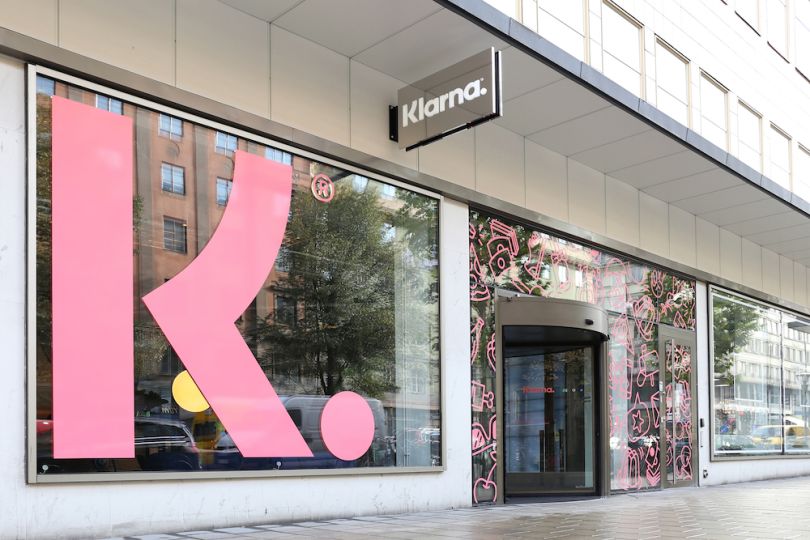Few professionals love a good buzzword more than marketers.
Ideas like account-based marketing, growth hacking and artificial intelligence-driven messaging dominate conversations in the industry. While some trends come and go, the fundamentals of marketing — things like knowing your target audience, creating immersive brand experiences, driving sales — remain more or less unchanged.
For the marketing professional, getting these basics right in a world of ever-evolving technology can be hard to master. With that in mind, here’s a look at how a few companies are leaning on those fundamentals, even as they test drive new ideas.
Marketing Basics in the Digital Age

New Avenues for Entering the Zeitgeist
The holy grail of advertising is to generate a cultural phenomenon around any given campaign. One famous example of that in action is the slogan “Don’t Mess With Texas,” which was originally deployed by the state’s Department of Transportation as a simple anti-litter drive. It’s credited with reducing litter on Texas highways by as much as 72 percent between 1987 and 1991. Today, that slogan has taken on a life of its own, becoming one of the state’s most recognizable calling cards.
Digital technology and social media have diversified the ways a brand can manufacture such cultural phenomena. Take Coca-Cola. Always a trendsetter, Coke saw massive success in China throughout the last decade by adding nicknames and popular song lyrics to its labels. To breathe life into that campaign, Coke worked with Isobar, a globally distributed agency that has also collaborated with heavyweights like Adidas and LEGO.
In 2015, after adding a series of famous movie quotes to Coke’s Chinese labels, Isobar took things a step further by marrying the viral success of the campaign with interactive technology designed to spur engagement. The company helped build an augmented reality app that let users add blockbuster-style special effects like dinosaurs and super powers to videos, using the movie quotes on their Coke labels for inspiration. Isobar says the campaign created a flurry of online activity (think: 9 billion impressions on social media) — with sales in China increasing 12 percent over the previous year.

Control Your Message and Measure Its Impact
In marketing, testing messages and measuring impact is about as foundational as it comes. However, this can be difficult for small businesses, creatives and freelancers who have little time to spend on marketing but whose success often rests on the ability to spread, measure and alter messaging. In the digital age, a web presence is key — and website builder Wix is one of many companies helping non-coders drag-and-drop their way to a stylish web presence and user experience.
Today, the company boasts more than 150 million users. And just as no-code development platforms are freeing up time for developers to spend on creative and strategic work, platforms like Wix equip users with marketing tools to get off the ground without drawing too much brain power away from the core business.
Wix also offers an open software development kit and plenty of back-end features to help users market their services and measure the effects of their messaging. These tools include the kinds of audience analytics, email marketing, SEO strategies and social engagement support usually reserved for larger businesses. On the front end, the company supplies a regularly updated catalog of design templates to help users keep up with the latest visual trends.

Sometimes, It’s All About The Money
A sound marketing strategy can be as simple as an innovative payment plan. For example, while younger Americans are waiting longer to acquire a credit card, the flexible payment arrangements that come with credit remain an appealing selling point for younger consumers. Technology that can recreate those payment plans without requiring a credit card, or that change the way we think about payment and price in general, can play an important role in general marketing strategy.
With around 85 million end customers and 10 percent of northern Europe’s e-commerce market share, Klarna is a trendsetter in the payment technology space. The company’s software integrates with e-commerce outlets to provide flexible payment and financing solutions at checkout. Klarna fronts the cash to e-commerce companies and offers users up to 36 months for payment, interest-free installments or “try before you buy” options.
So-called “buy now, pay later” technology does more than simply smooth the user experience — it can actively promote more sales. A 2018 study by the Australian government’s corporate regulator found that 55 percent of flexible payment tech users spend more than they would otherwise. Furthermore, 81 percent of Australian users said the technology allowed them to buy more expensive items, and a full third said they did not have a credit card or other credit facility that might allow such flexible payment plans. While it’s not the flashiest software around, flexible payment technology is an active tool within broader marketing campaigns.
